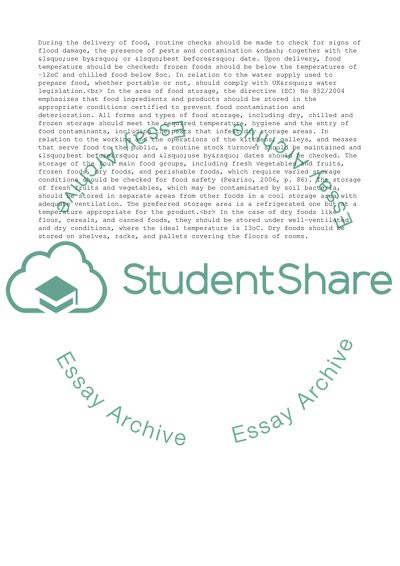Cite this document
(“Not Found (#404) - StudentShare”, n.d.)
Not Found (#404) - StudentShare. Retrieved from https://studentshare.org/management/1834146-food-safety-management-unit-31
Not Found (#404) - StudentShare. Retrieved from https://studentshare.org/management/1834146-food-safety-management-unit-31
(Not Found (#404) - StudentShare)
Not Found (#404) - StudentShare. https://studentshare.org/management/1834146-food-safety-management-unit-31.
Not Found (#404) - StudentShare. https://studentshare.org/management/1834146-food-safety-management-unit-31.
“Not Found (#404) - StudentShare”, n.d. https://studentshare.org/management/1834146-food-safety-management-unit-31.


